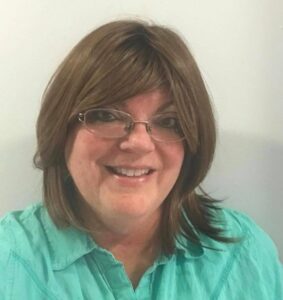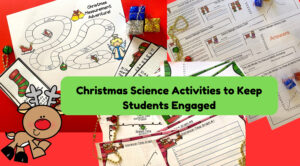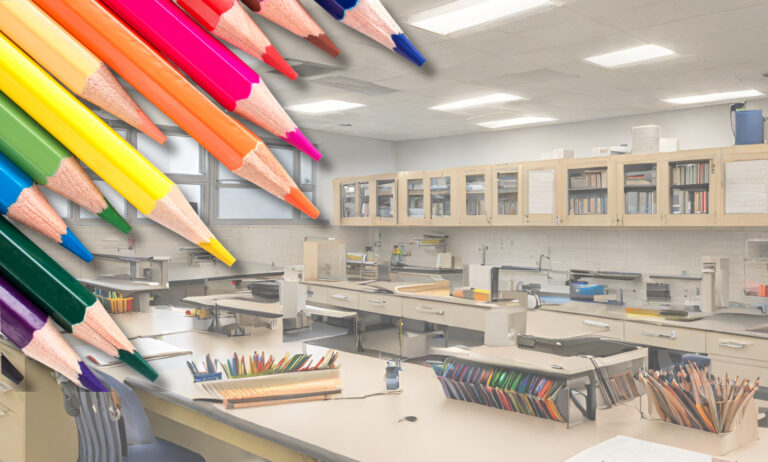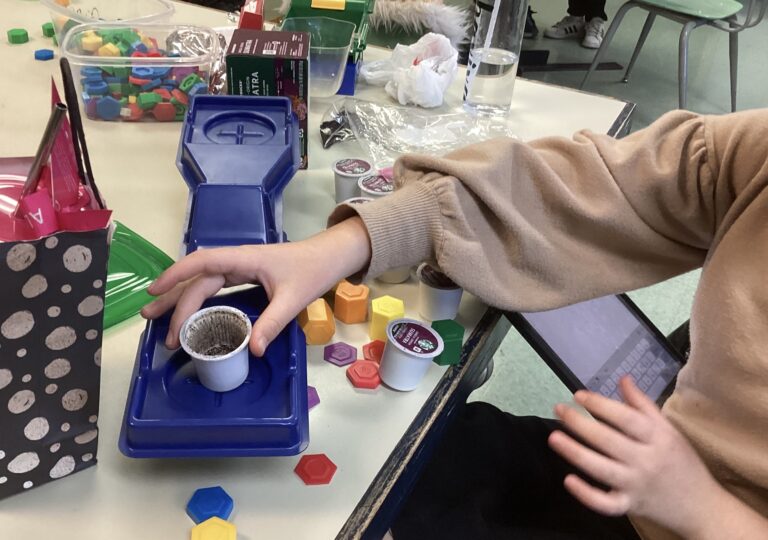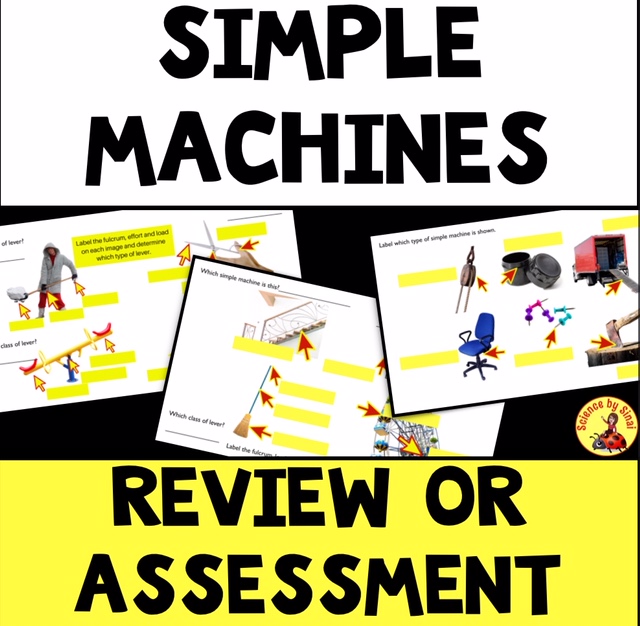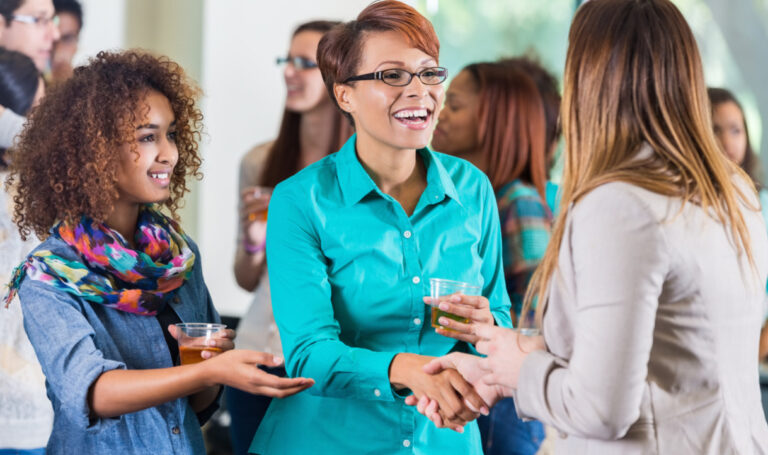Teach Science with Dollar Store Classroom Supplies!
Are you teaching science with a very limited budget for your classroom supplies? Do you want to do lab activities but are afraid to use up all of your funds?
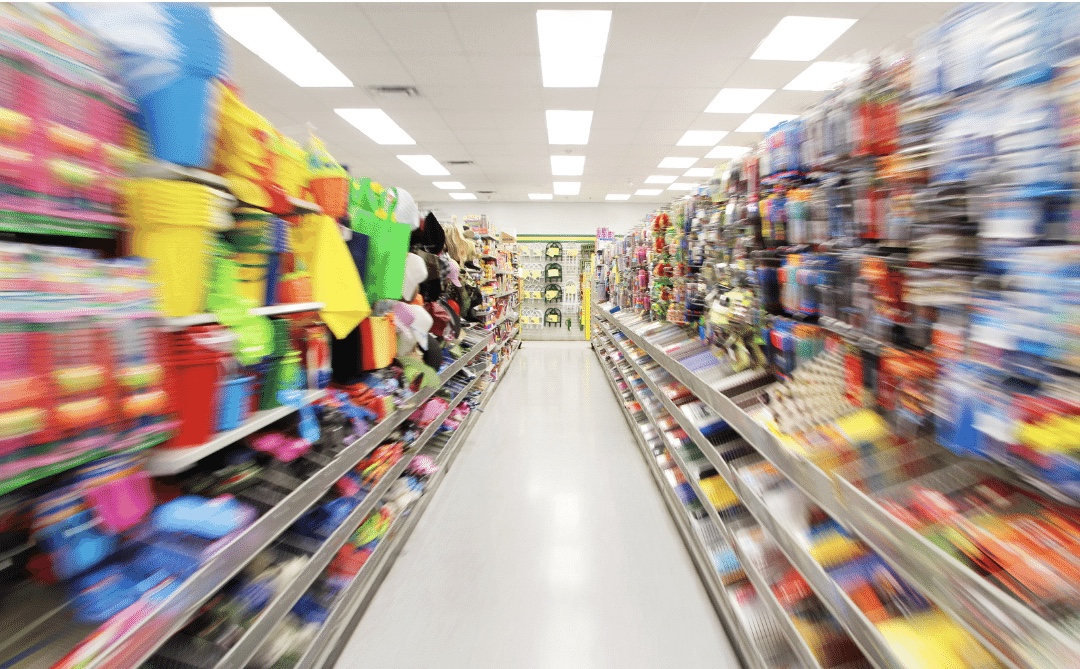
Teach Science with Dollar Store Classroom Supplies!
Dec 2021
I always hit Dollar Stores first for classroom supplies! You may never need to order anything else. Here are some ideas for how to stock up your science classroom with great replacements for expensive items. I took my camera with me into Dollar Tree and, in less than an hour, I cheaply and easily stocked my classroom!
Materials For Lab Activities
Of course, there are tons of ideas for labs at a Dollar Store, but this is a great place to start. Store inventories tends to change pretty often so make sure you visit every couple of months to find those great treasures!
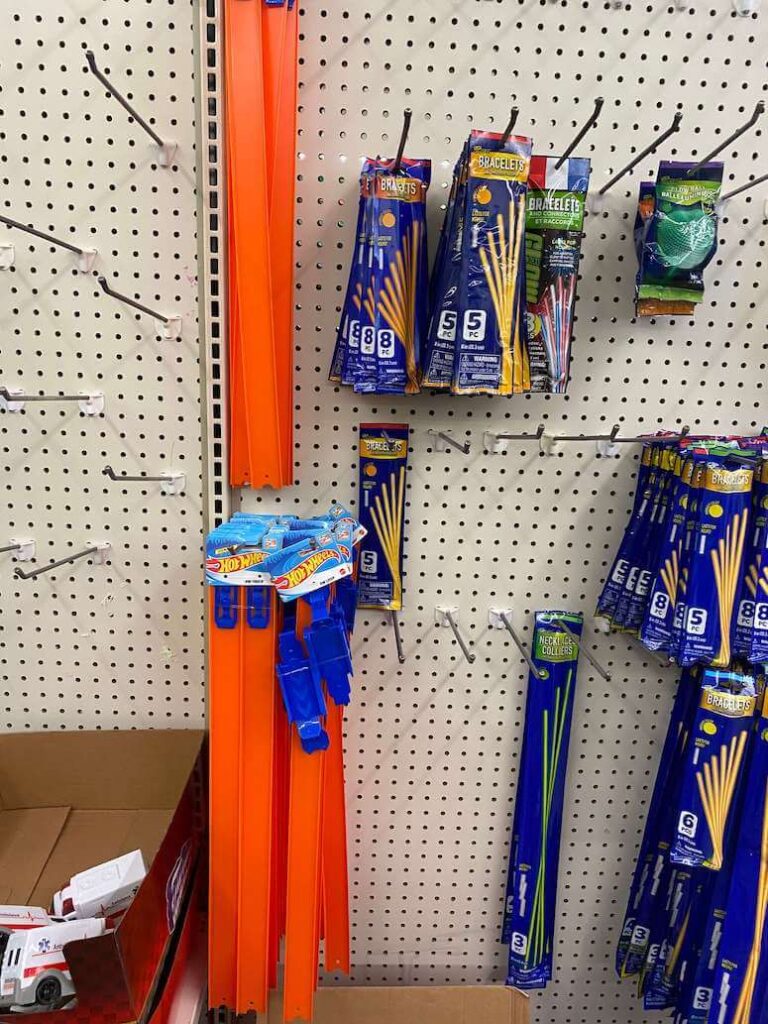
Matchbox car tracks
Matchbox cars racetracks are great for forces and motion activities, friction, acceleration, etc.

Balloons
Many uses for balloons such as watching yeast and sugar inflate on top of a flask, baking soda and vinegar with the balloon capturing gas, balloon cars, lung capacity lab, Newton’s third law labs, etc.
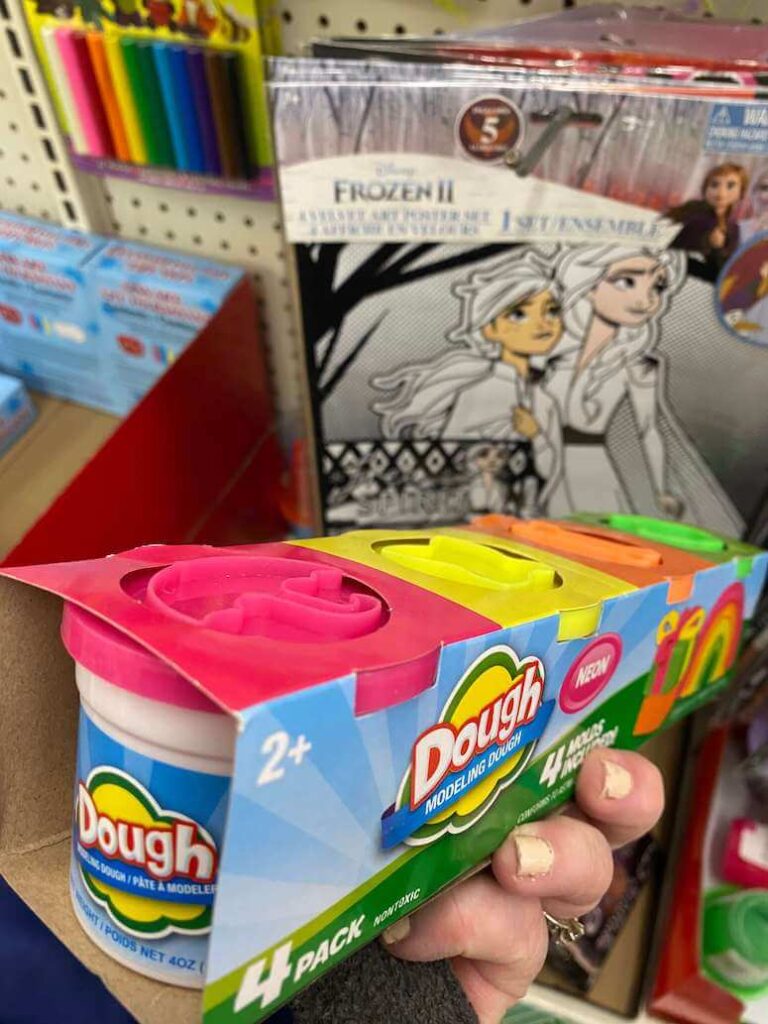
PlayDoh
There are lots of reasons to have Playdoh on hand. Are you making plate tectonic boundaries? Are you making a model of one of the body systems? Are you designing aliens in a genetics activity?
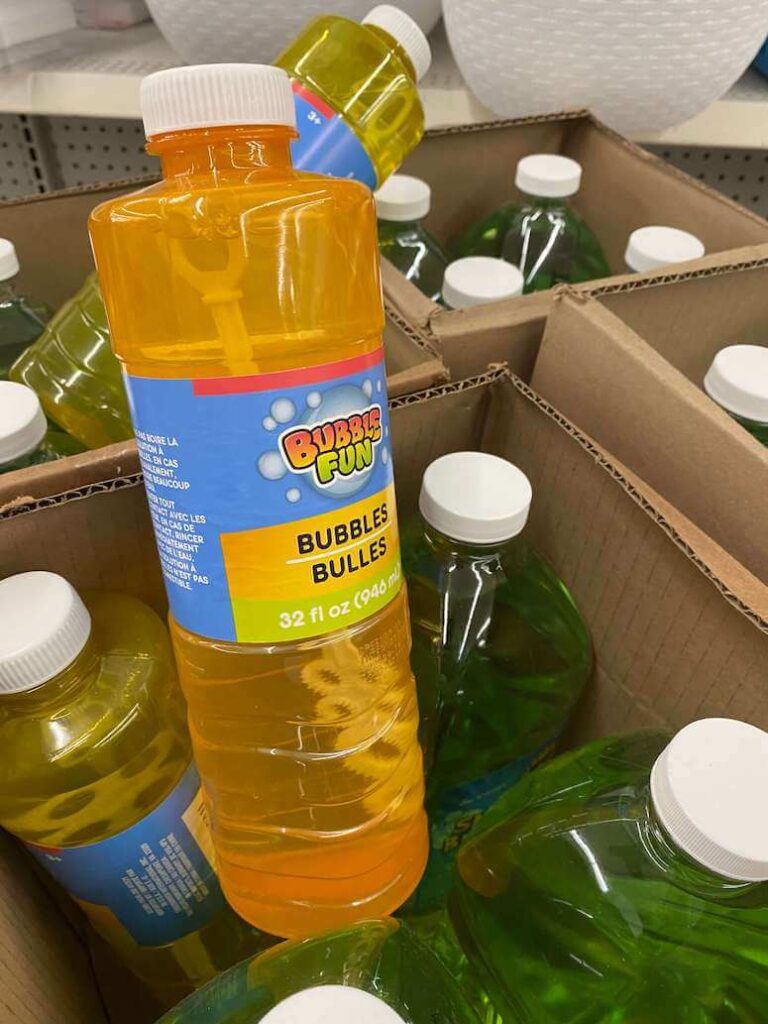
Bubbles
Bubbles can be used as the students track wind direction around the school for their weather journal. They can be used to learn about cell membranes, refraction of light, lenses, etc.
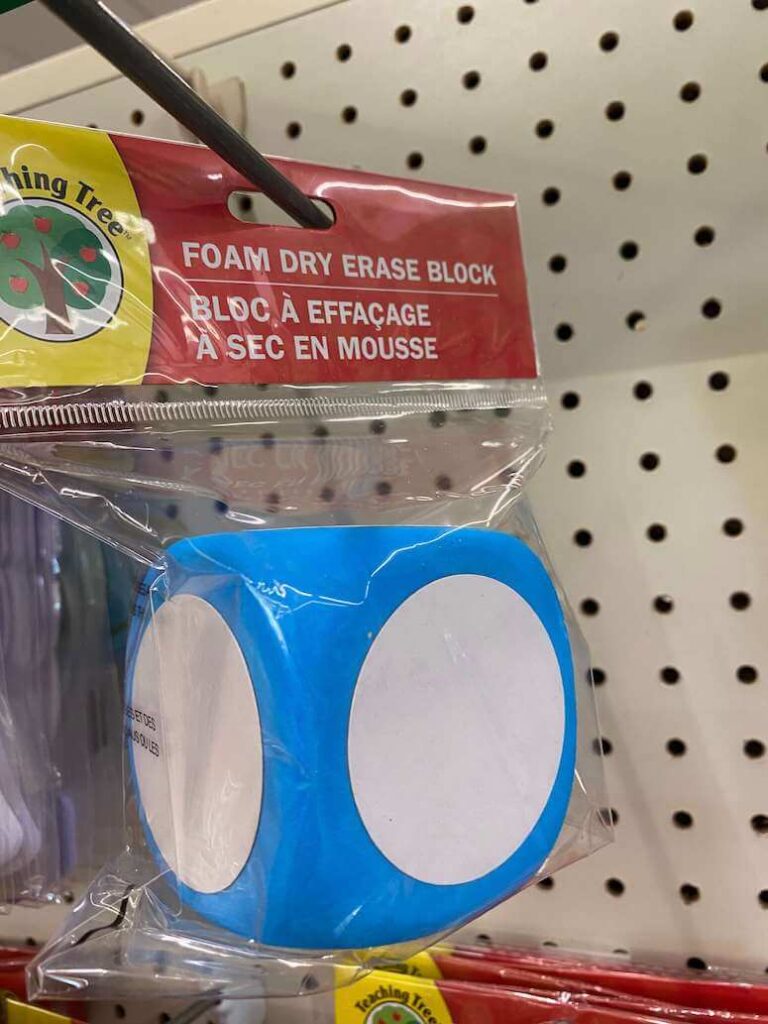
Dry Erase Dice
I love the dry erase ability of these dice to be used for various activities and learning games.
For brain breaks you could write different activities that they have to do such as clap their hands 20 times, do jumping jacks for 30 seconds, jog in place, etc.
This dice also works great for my genetics game where the students write the alleles on the dice. They can also write numbers on them for a game of ionic bonding. For my biodiversity food web game, the dice determines the environmental events that will affect the web.
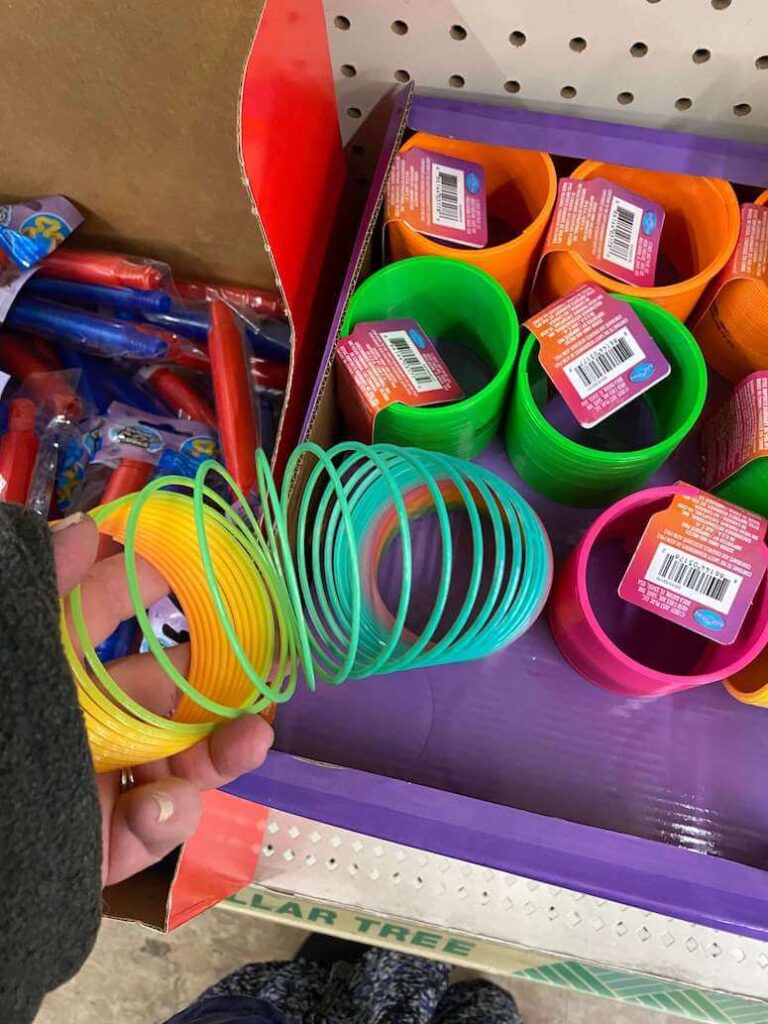
Slinkies
Slinkies are super for demonstrating waves! I use them for learning the structure of light or sound waves. Students take pictures of the slinkies in waves and then annotate the parts of the wave on the photographs. I also use them for the three types of waves of earthquakes when studying plate tectonics.(Move the Plates! Teaching Plate Tectonics is Fun).
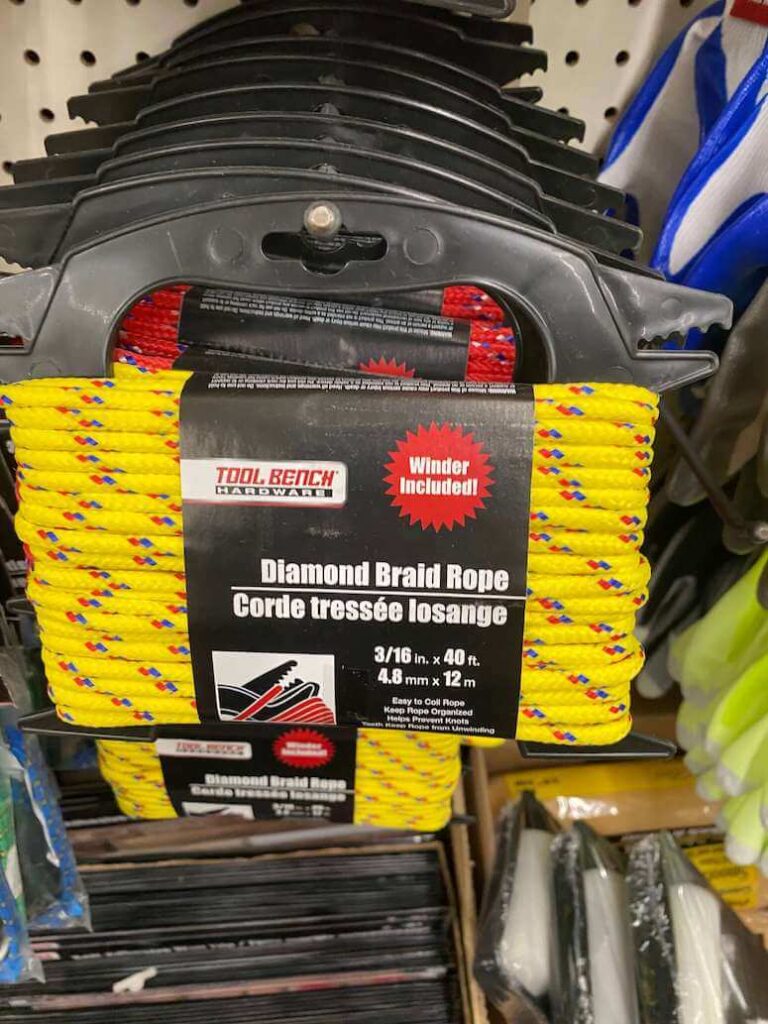
Rope
Ropes have many uses such as putting them in pulley systems as part of a study of simple machines. I also use a tug of war activity to start my balanced and unbalanced forces unit.

Batteries
Batteries can be so expensive. You may be hesitant to be doing labs that use them for a large class. However, the Dollar store batteries last long enough for a good unit on electricity. While studying circuits, I have the students determine different configurations for the wires and bulb in relation to the battery. They look at drawings and determine the circuits. Students then test the circuits out using aluminum foil wires, inexpensive batteries and flashlight lightbulbs.
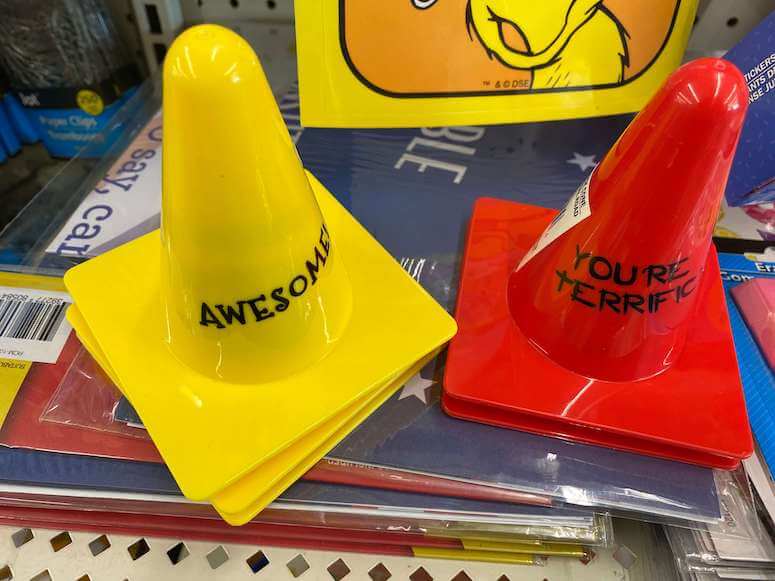
Cones
I was excited to find these little treasures because they can be used in so many ways. Large cones are expensive and hard to store.
I do a lot of speed and motion activities so these make great start and finish markers.
Our favorite is when we go outside and become zombies as we are learning the speed= distance/time formula! Continuing the speed theme, you can use them to determine the racetracks for pullback cars in your speed and acceleration unit. (Make Speed and Acceleration Labs Fun with Pullback Cars!)
You could use these for markers to put down as a car rolls down a ramp and comes to a stop. You could mark off areas where students can work in groups on your floor, or you could mark out the parameters of a circle that you want to students to stand in. Endless uses and very cute with their little sayings!
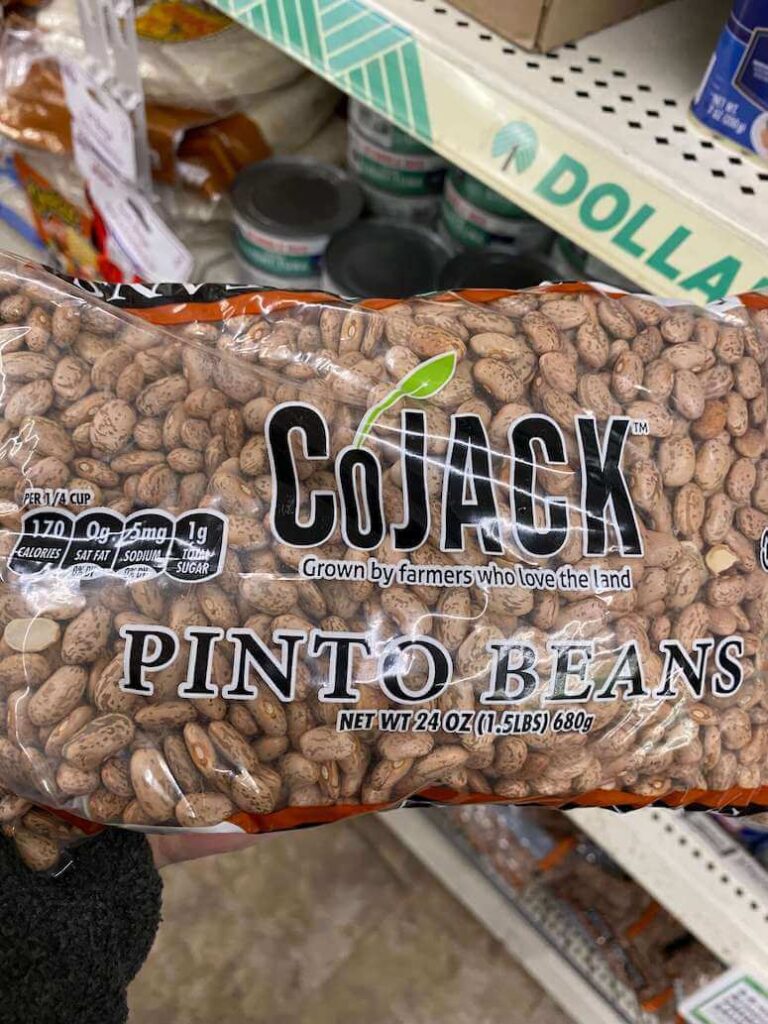
Pinto Beans
I have found that Pinto beans, lima beans and popcorn tend to grow the best in the classroom. They sprout quickly and easily and the students like to bring the vines home after they’ve gotten too tall for the classroom. I do this activity in the spring and I tell the students if they plant them in their backyard, and take pictures, they get extra credit at the beginning of the following school year! (I teach fifth through eighth grade, so I see the same students, but you could always coordinate with the next year teacher)
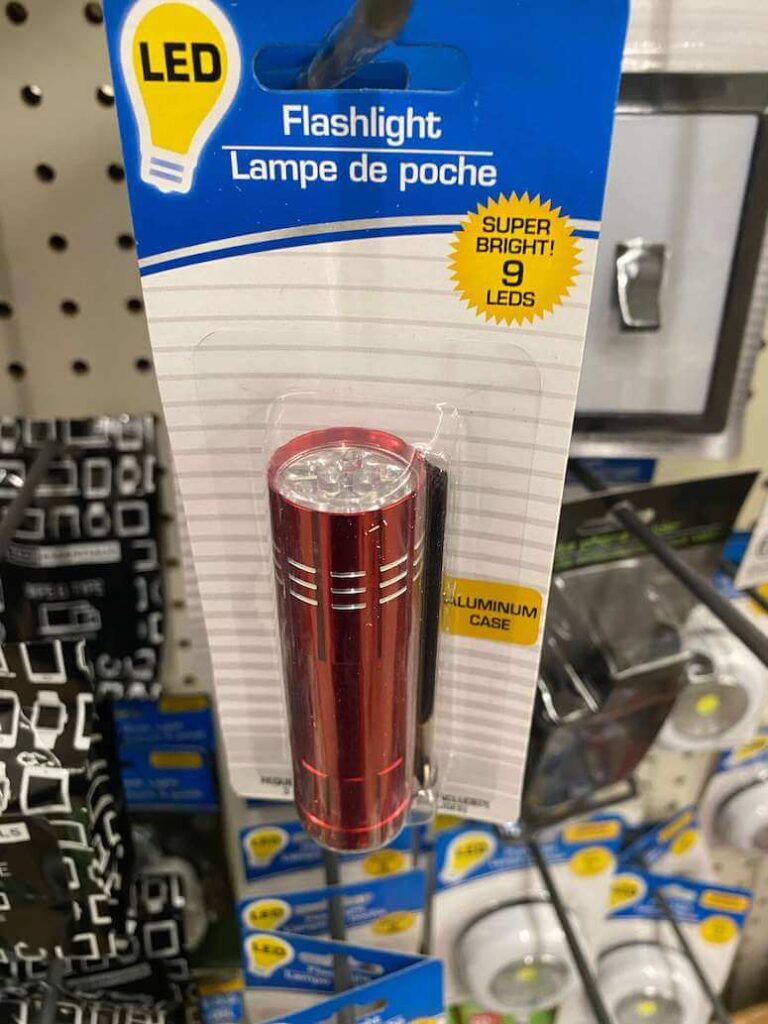
Flashlights
Flashlights are great for any studies with light properties. Reflect the beams off mirrors, point them at lenses, aim them at translucent, transparent or opaque materials, (reinforce with a digital light activity) or use colored cellophane to study color absorption and color mixing.
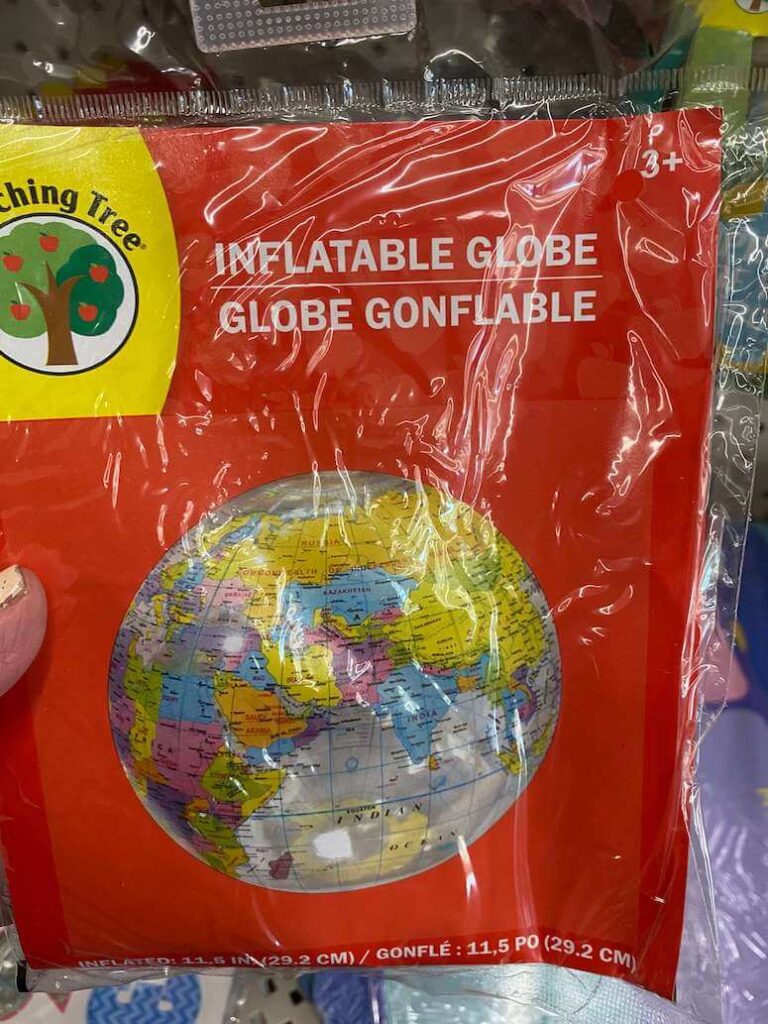
Inflatable Globe
Fun to play with and great to use for earth, sun and moon relationship activities. Also good for plate tectonics if you draw the rough, main plate boundaries on it. Of course, also good for learning geography.
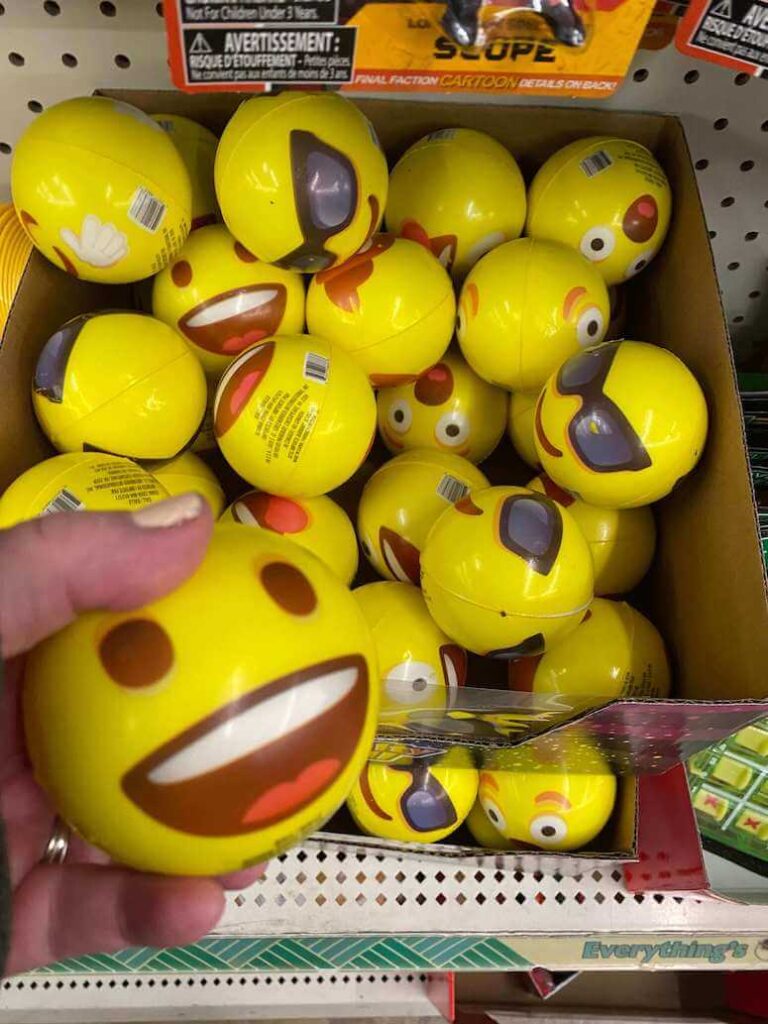
Different Sized Balls
Ball collisions teach so much! As part of the unit on forces, (Labs with iPads to Teach Balanced and Unbalanced Forces) we roll balls of different masses towards each other and record them in slow motion on our ipads. We also take slow motion videos of different balls being dropped at the same time to confirm that they hit the ground simultaneously.
Students can measure bounce height when you are talking about elastic versus inelastic collisions.
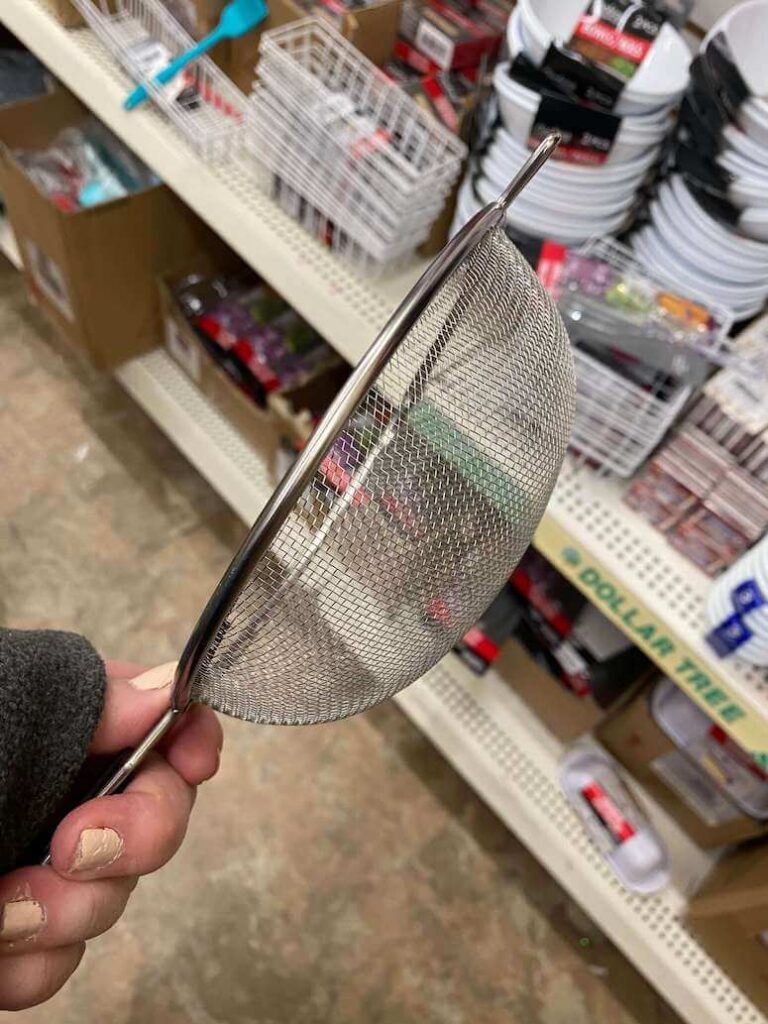
Strainers
These strainers can be really expensive in a science supply store or even a kitchen store! They are great for separating mixtures activities.
We take them to the pond when we are gathering water to look at micro organisms under the microscope! (Identifying Pond water Microorganisms as Bioindicators). They allow us to dig up the dead leaves from the shallow part of the pond where most of the creatures hang out!
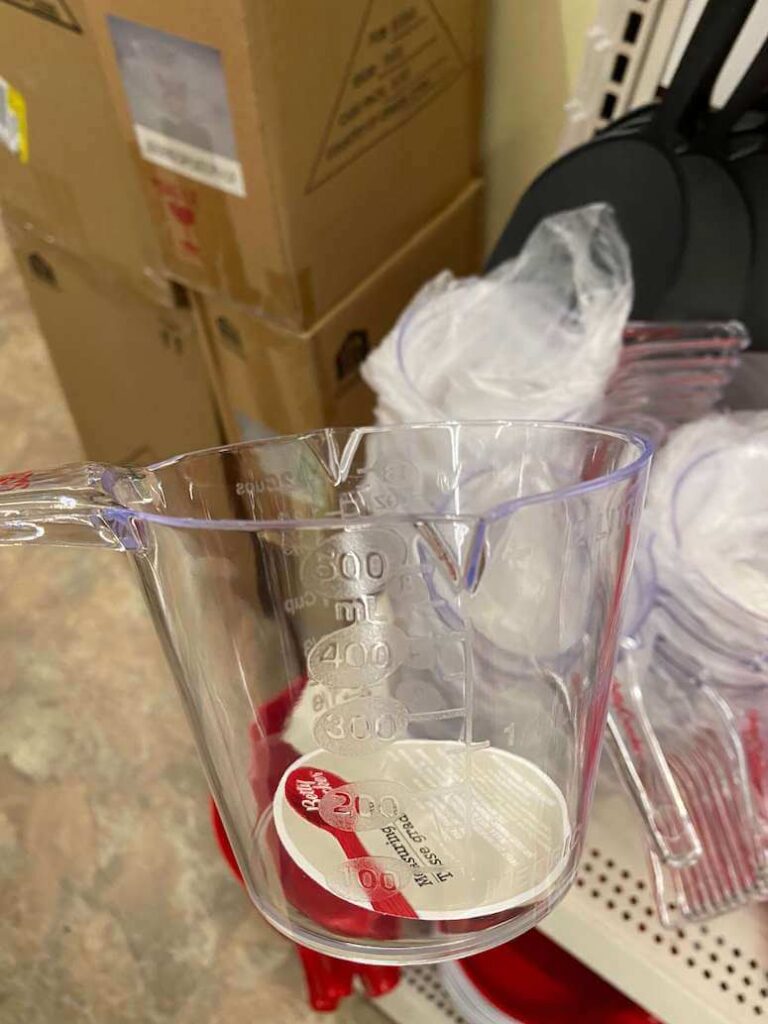
Measuring Cups in Different Sizes
Why buy beakers? These have so many uses and come in different sizes. Great for volume studies and measuring liquids for labs.
Chemicals to Grab at the Dollar Store
There are a lot of resources to help you study matter and chemistry at the dollar store. If you have a large class, you can buy the smaller quantities and then take a video of your demonstration that can be watched over and over. See my blog on 13 Ways Using Photography Helps You Teach Science.
Not pictured but readily available in most Dollar stores are vinegar, baking soda, Epson salts, hydrogen peroxide, vegetable oil, corn syrup, borax, salt, cornstarch, etc.
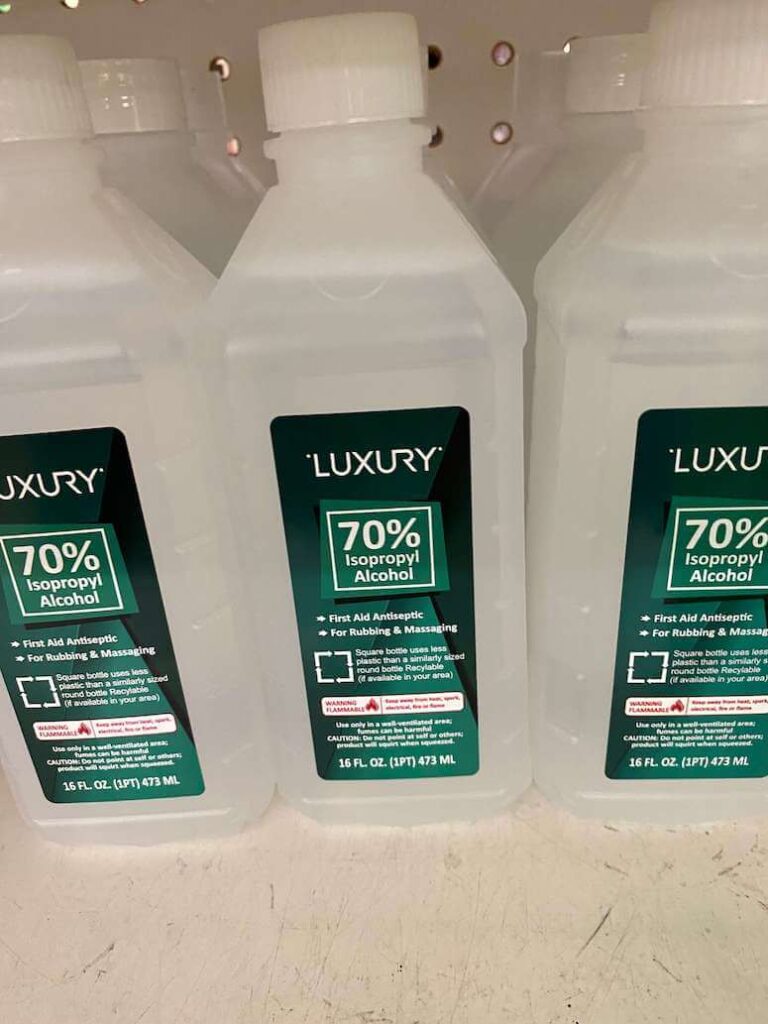
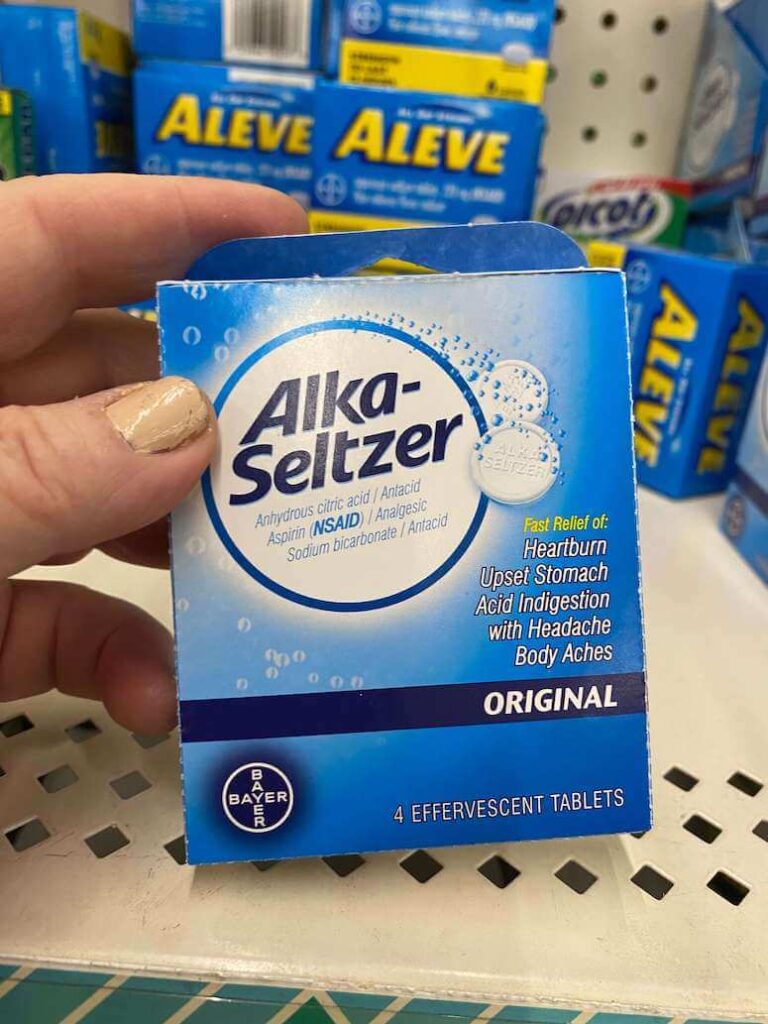
Supplies for Science Centers
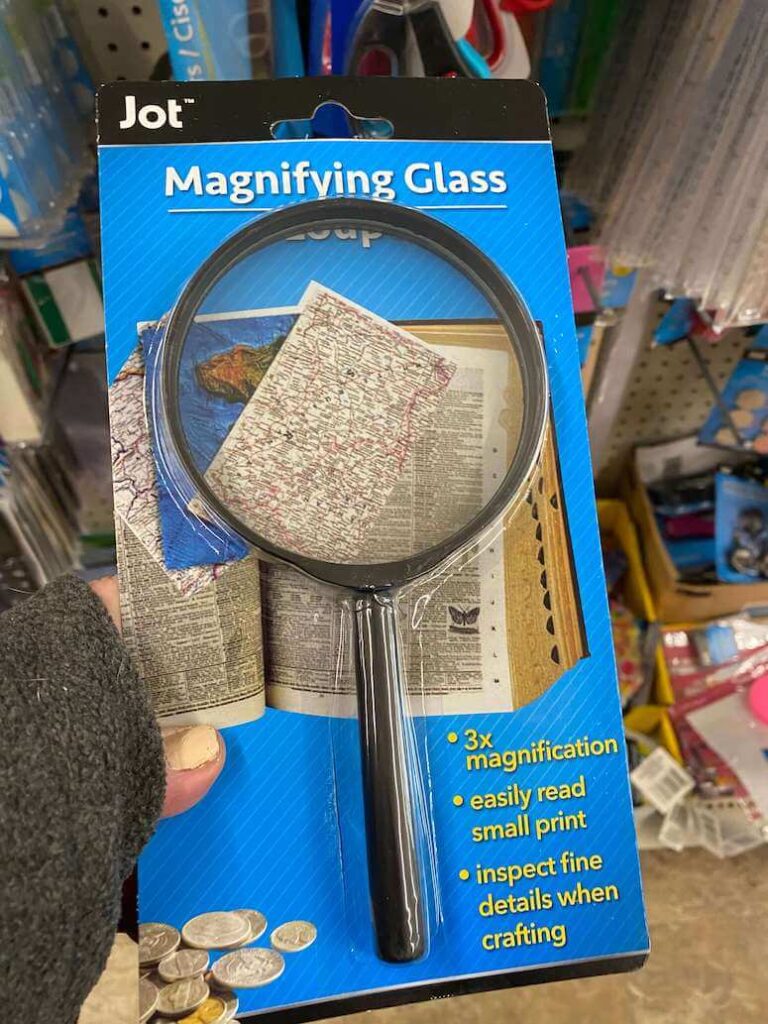
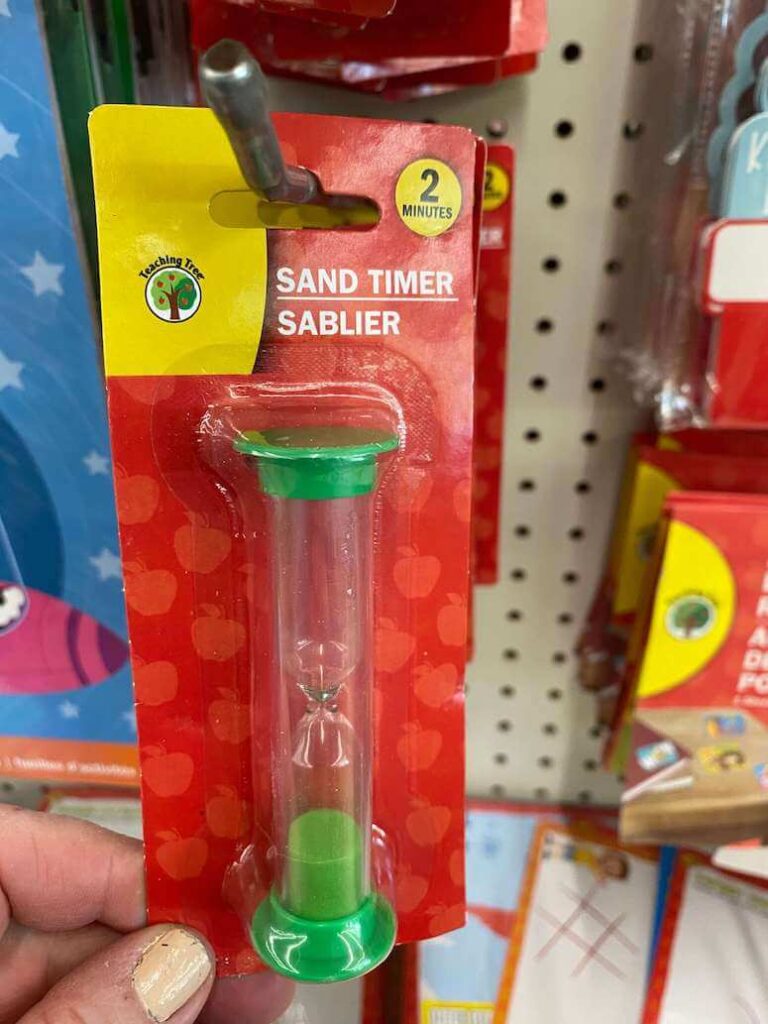

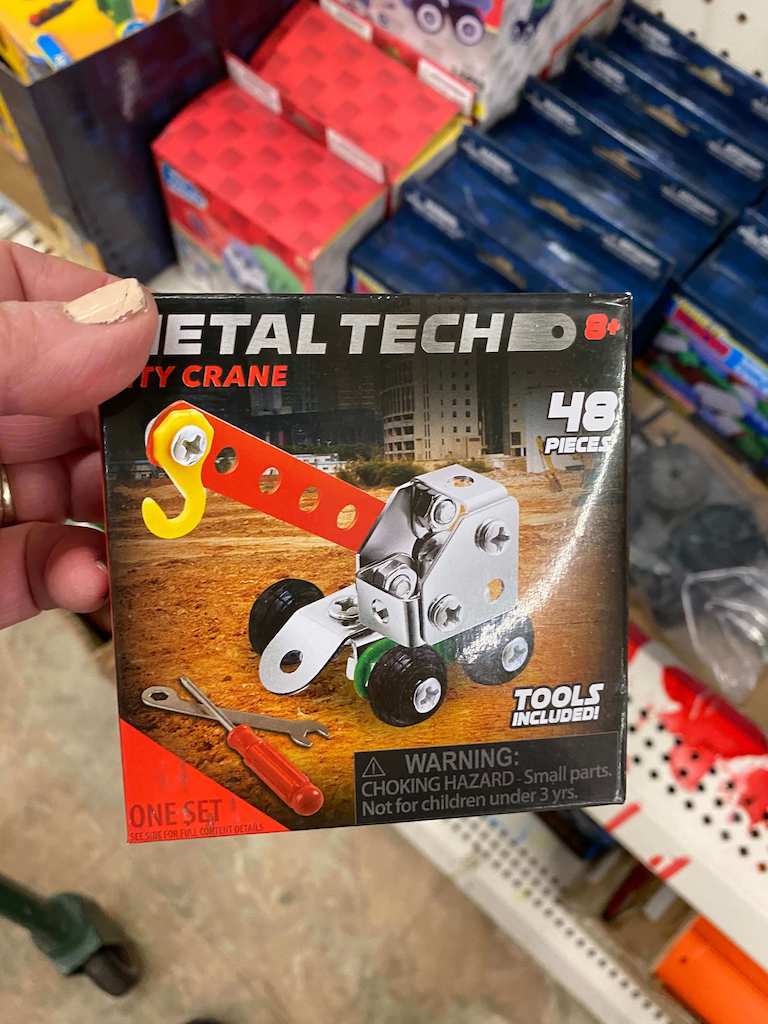
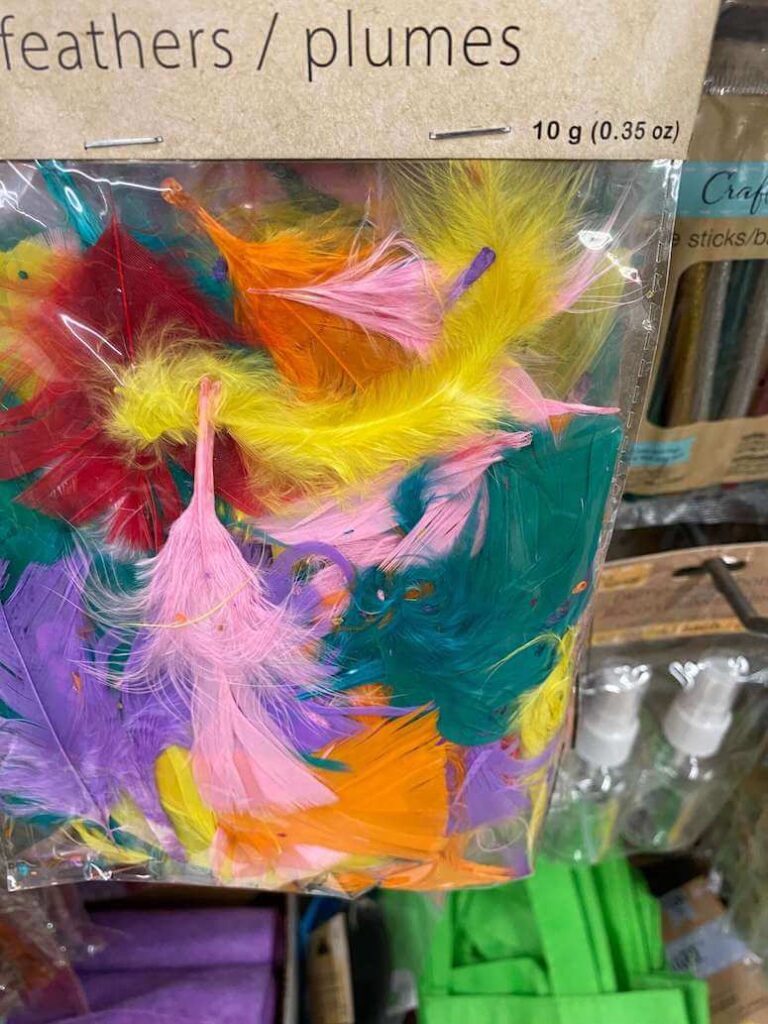
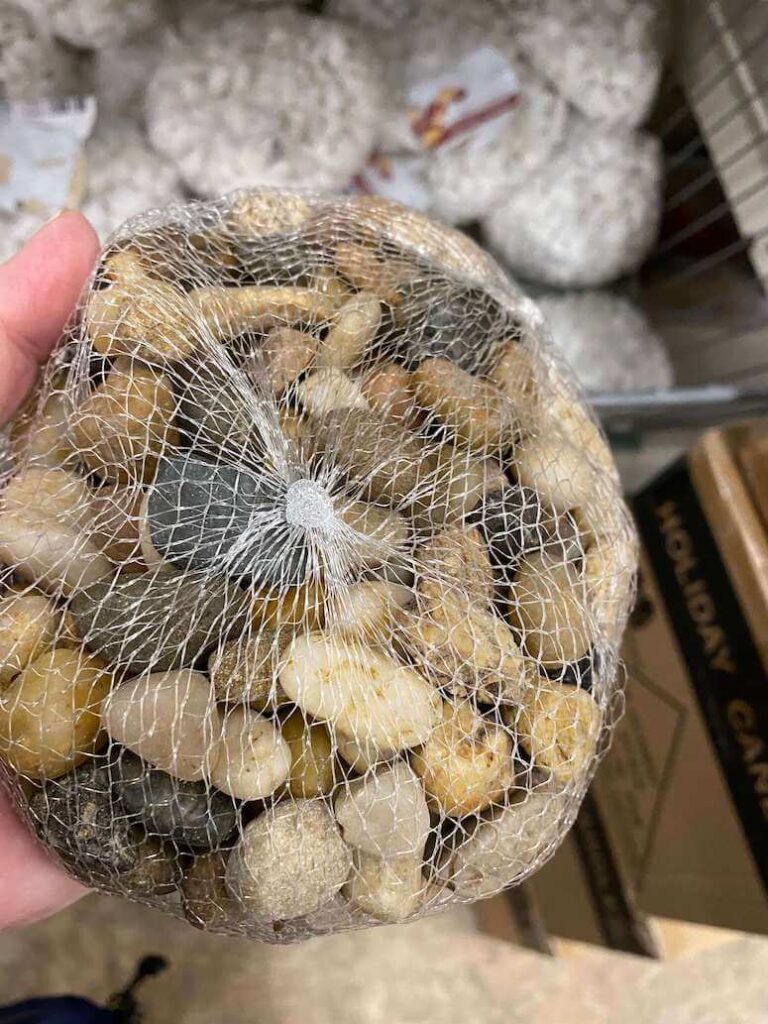
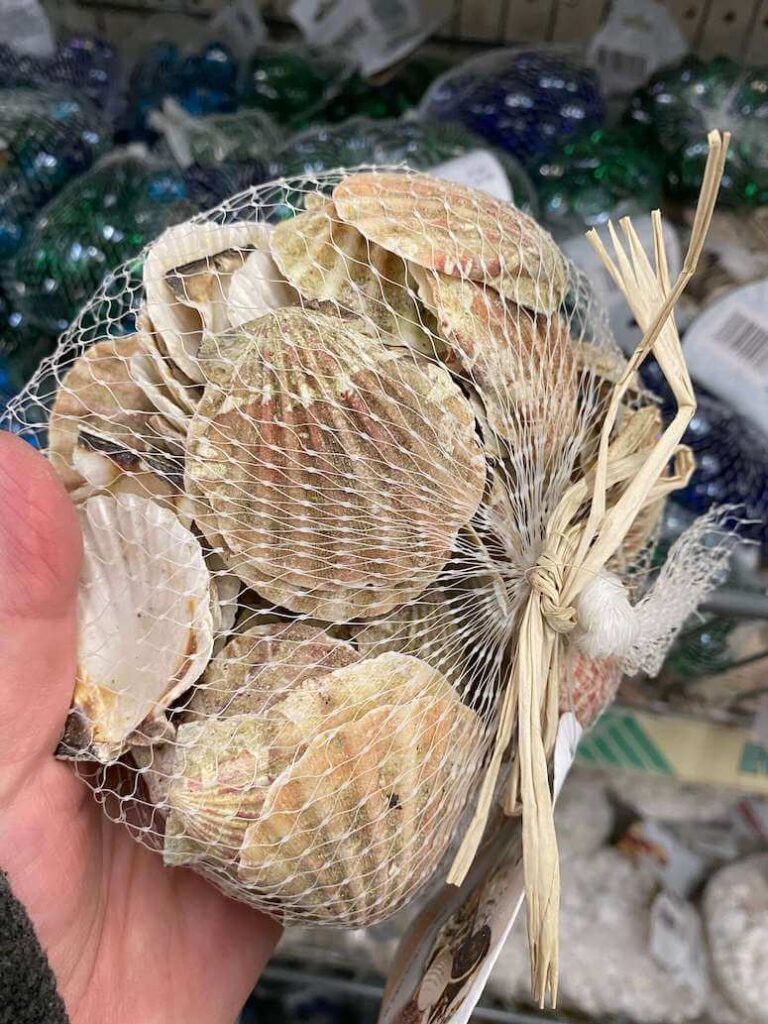
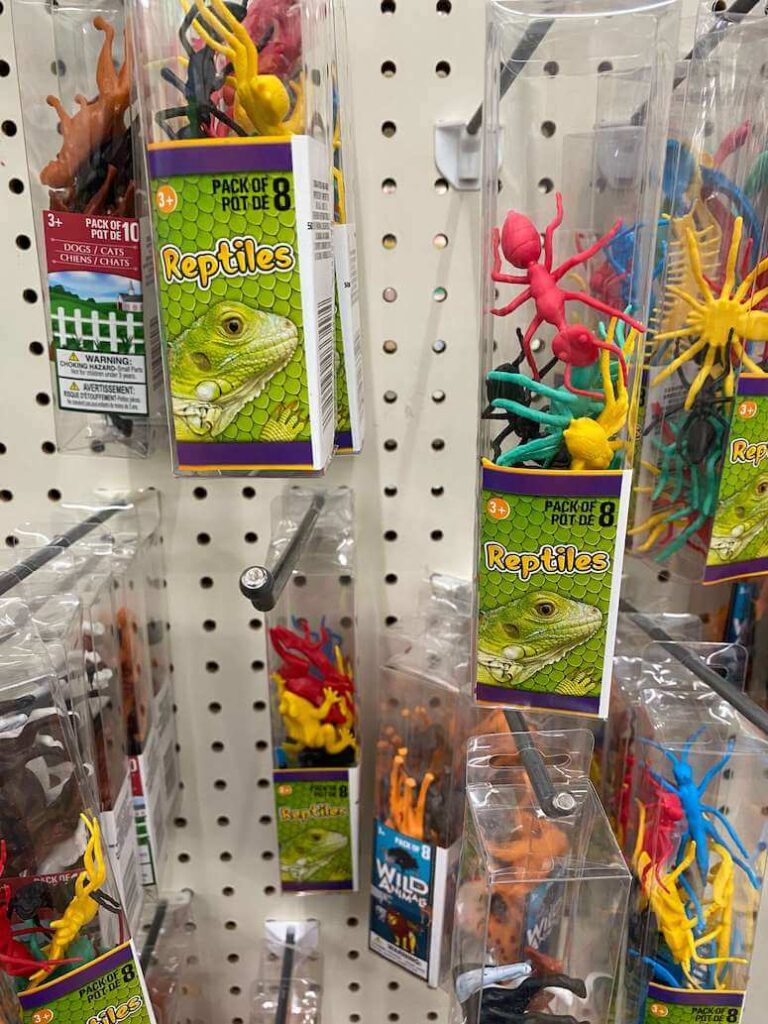
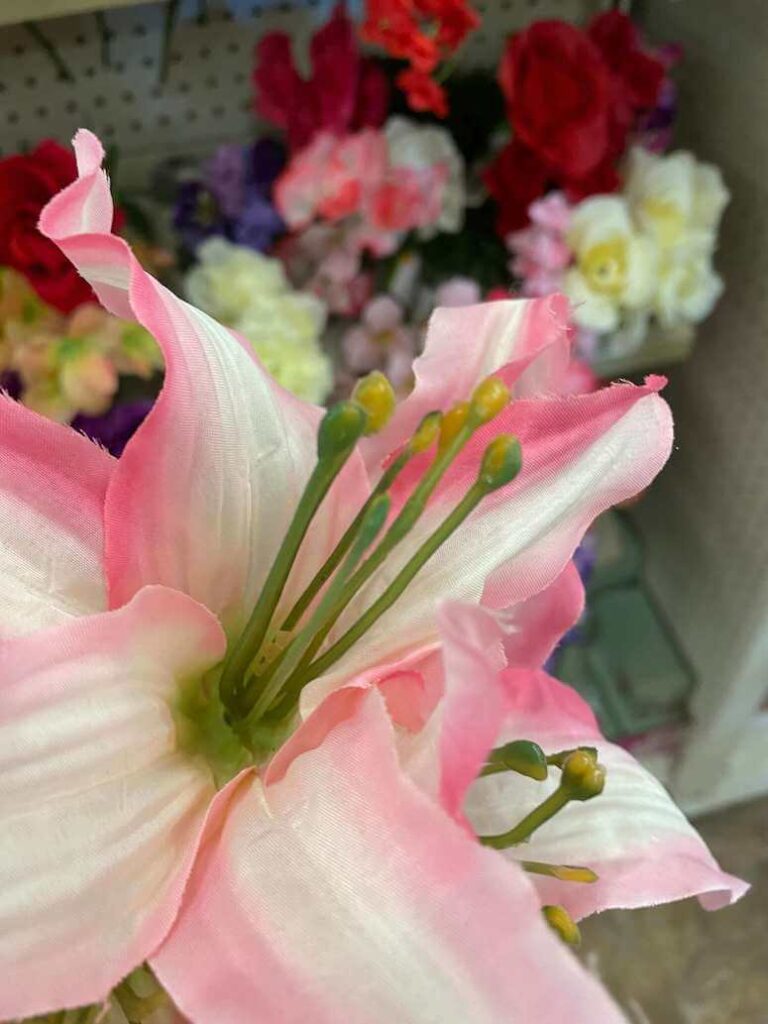
Classroom Materials for Engineering and Craft Projects
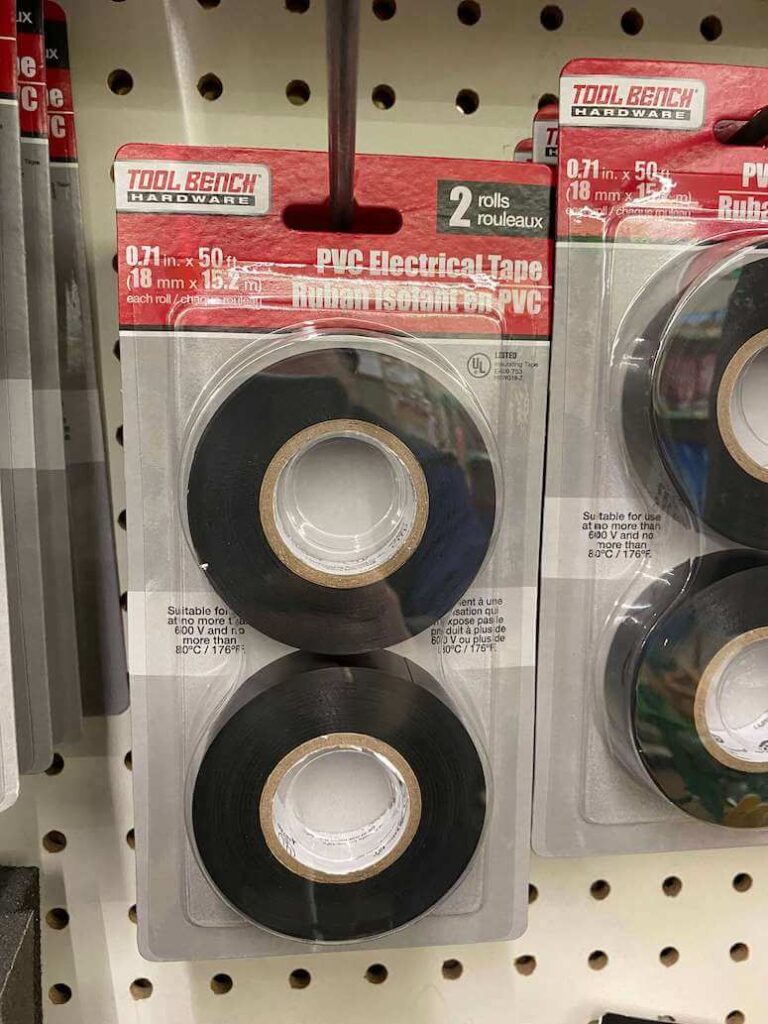
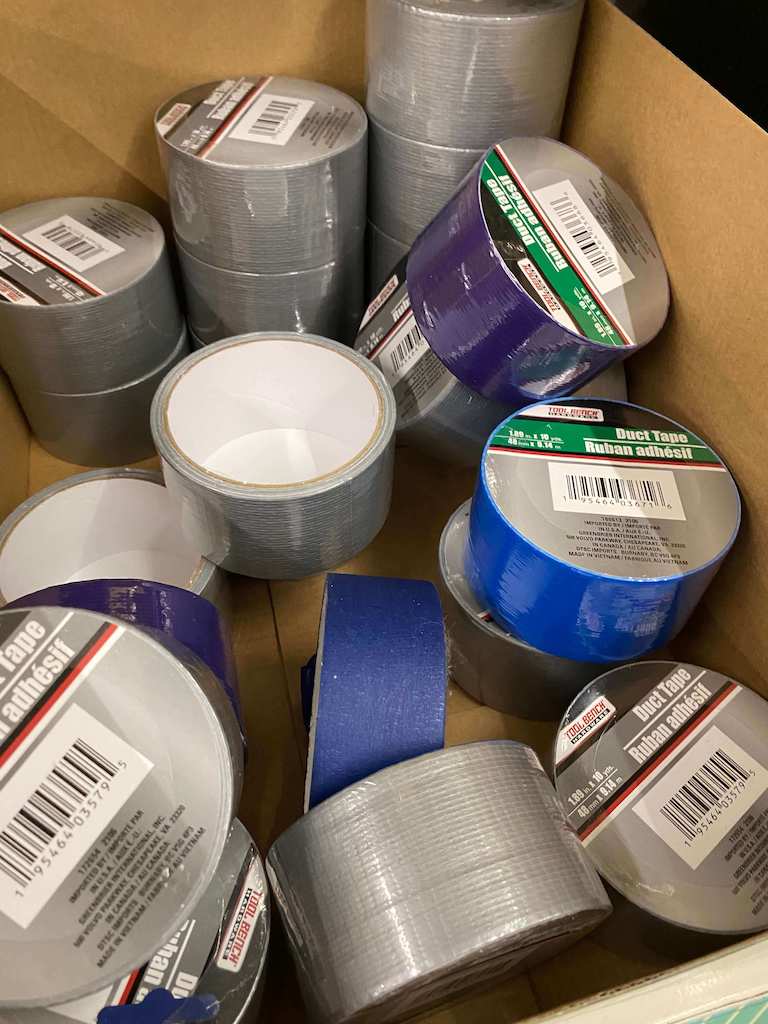
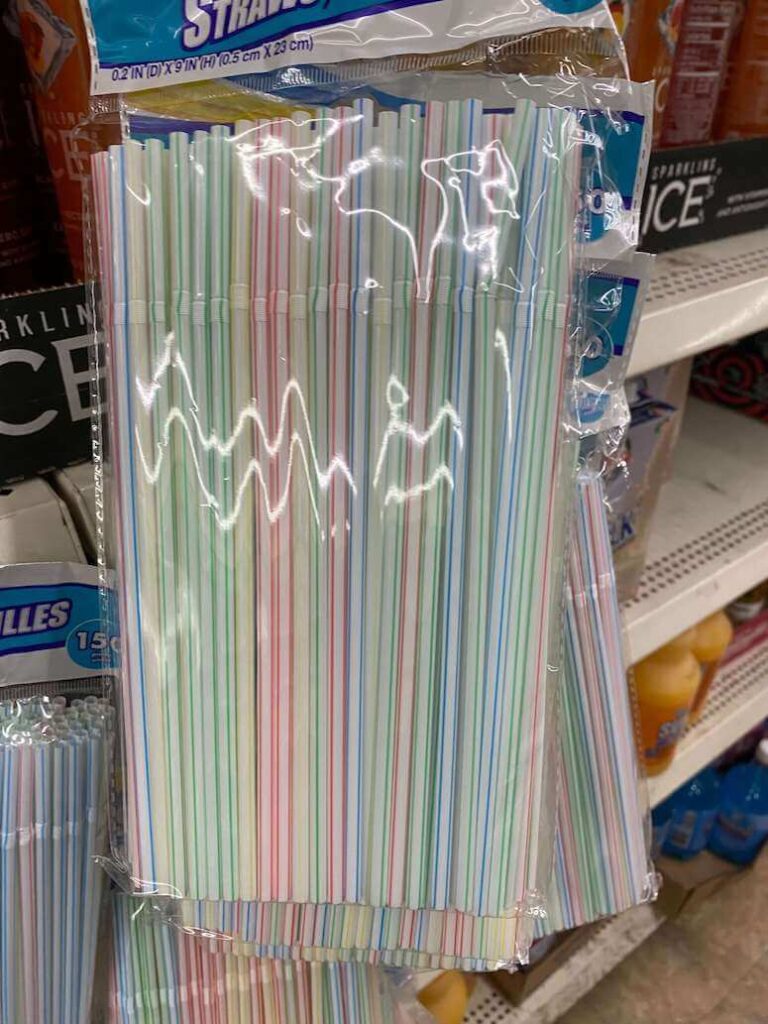
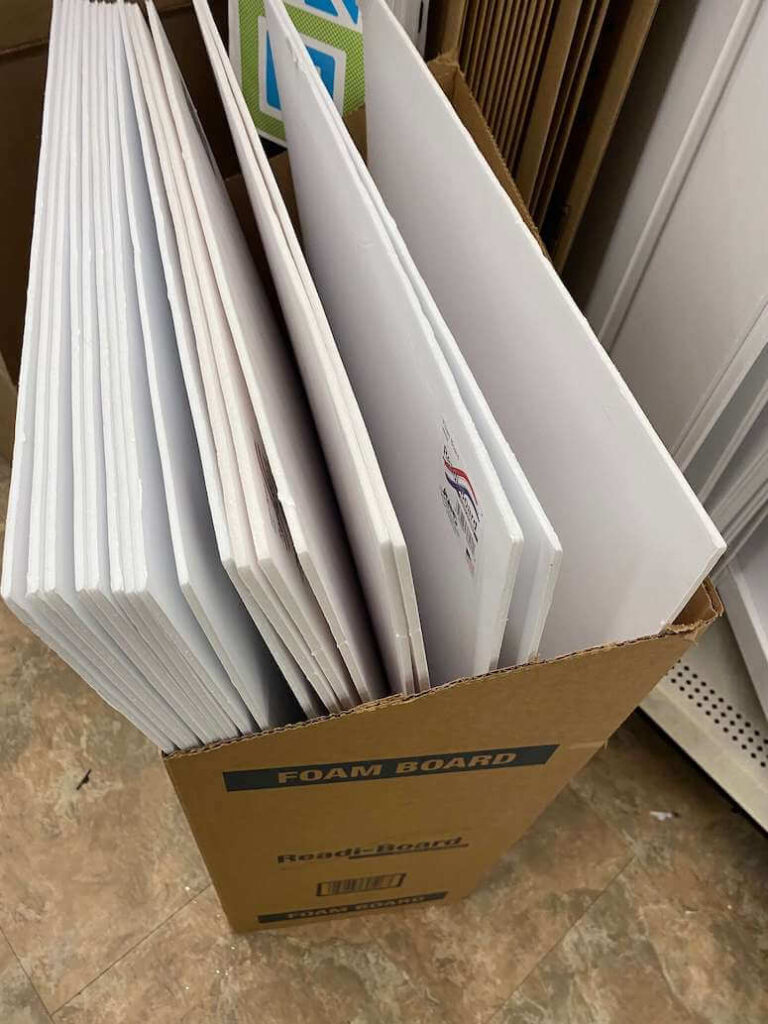
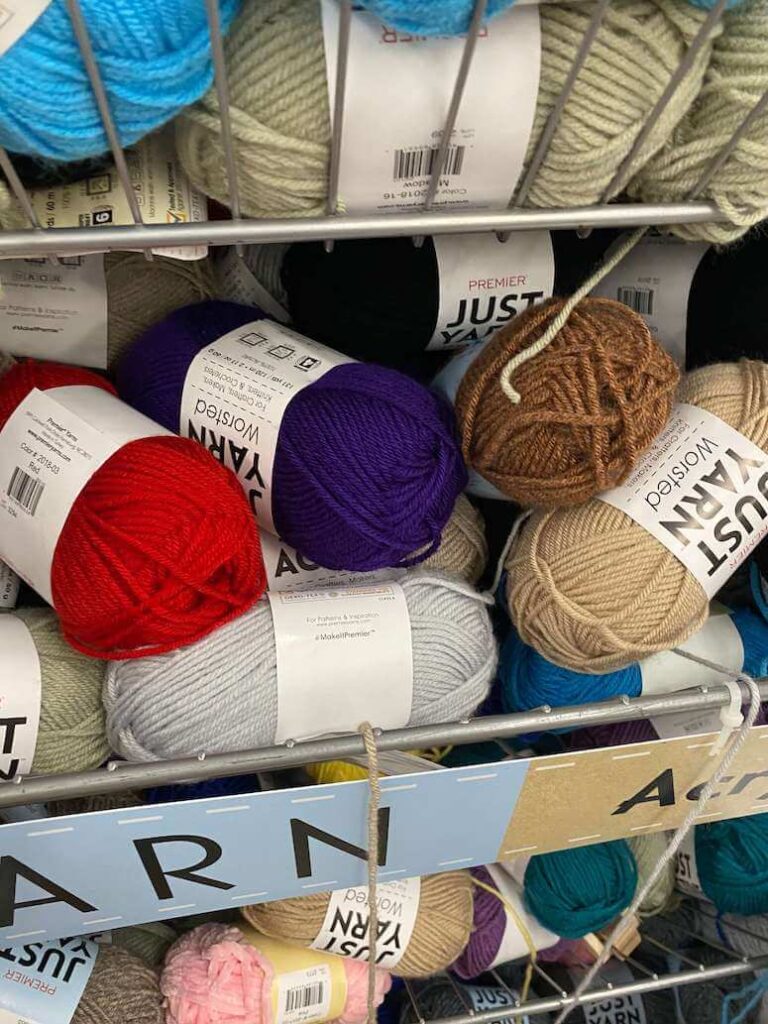

Good for “skeletons” of Play Doh animals, Borax ornaments, and any other time colorful wire is needed.
Storage From the Dollar Store for Your Science Classroom Supplies
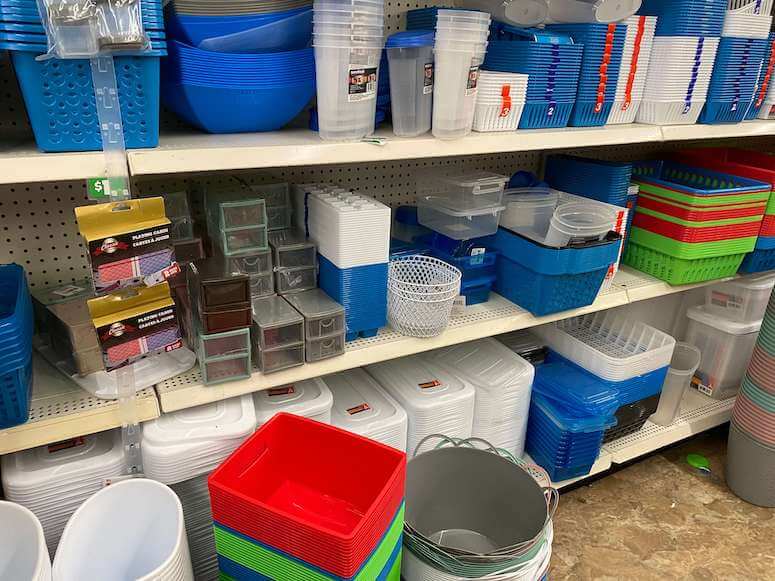
Science Classroom Basic Housekeeping Supplies
Lots of utensils, cheap plates, plates, cups and kitchen supplies help to equip your science classroom. Cleaning supplies like soap, cleaning clothes, brooms, sponges, potholders and towels save lots of money.
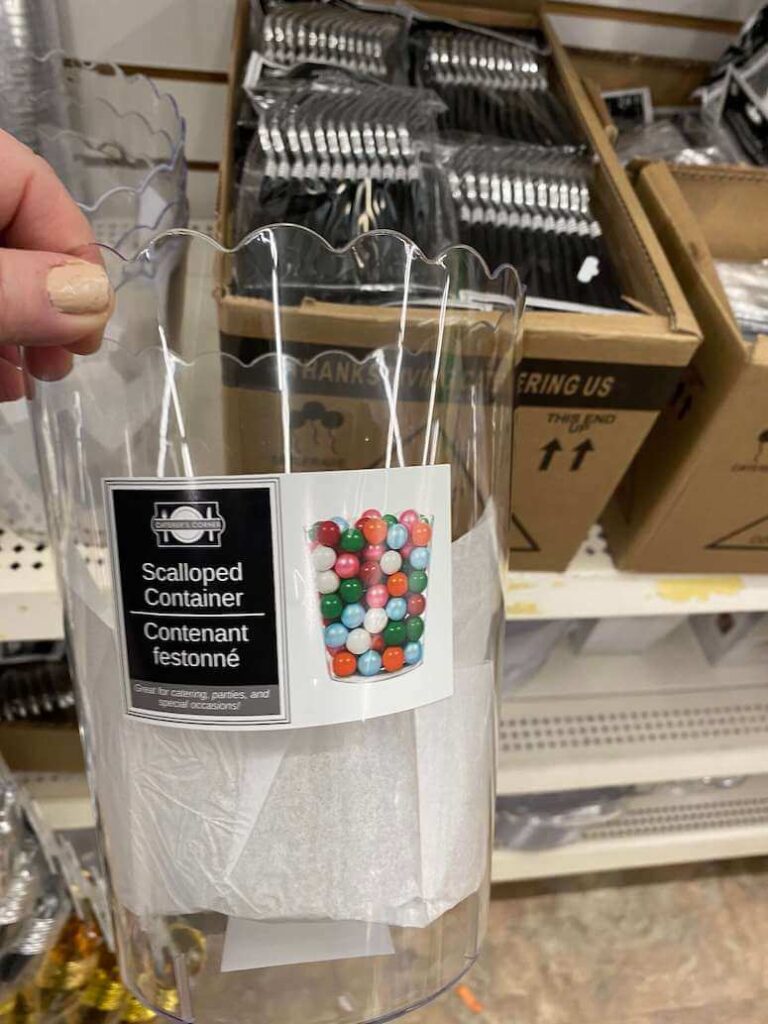
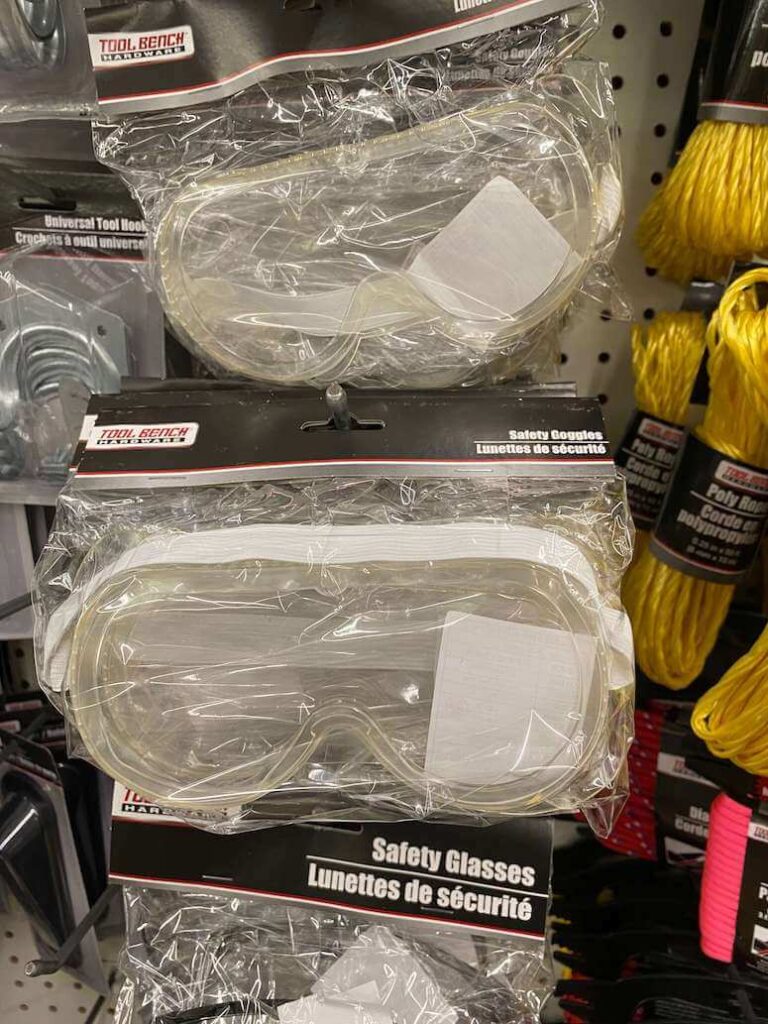
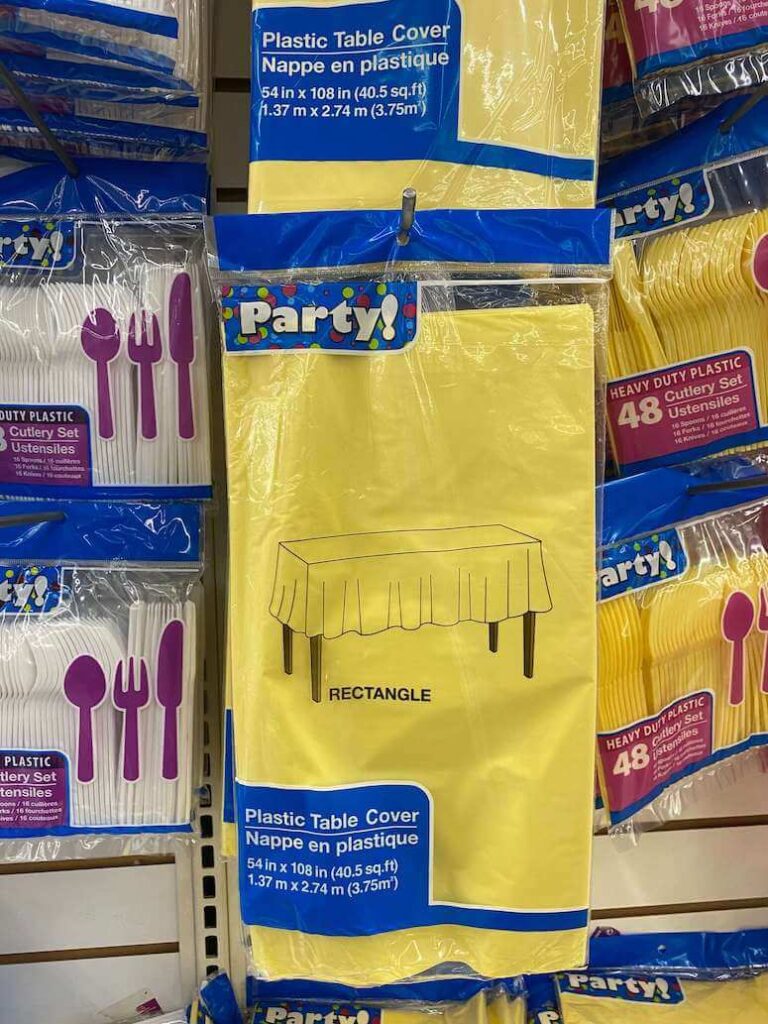
Conclusion
We’ve shown that it is very feasible to effectively teach science using Dollar store classroom supplies without breaking your budget. Visit various Dollar stores in your area to find great items that will stock your science room. You may want to visit my blog post called Basic Supplies You Need in Your Science Classroom where I talk about the materials I consider necessary in a middle school science room.


